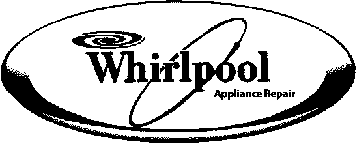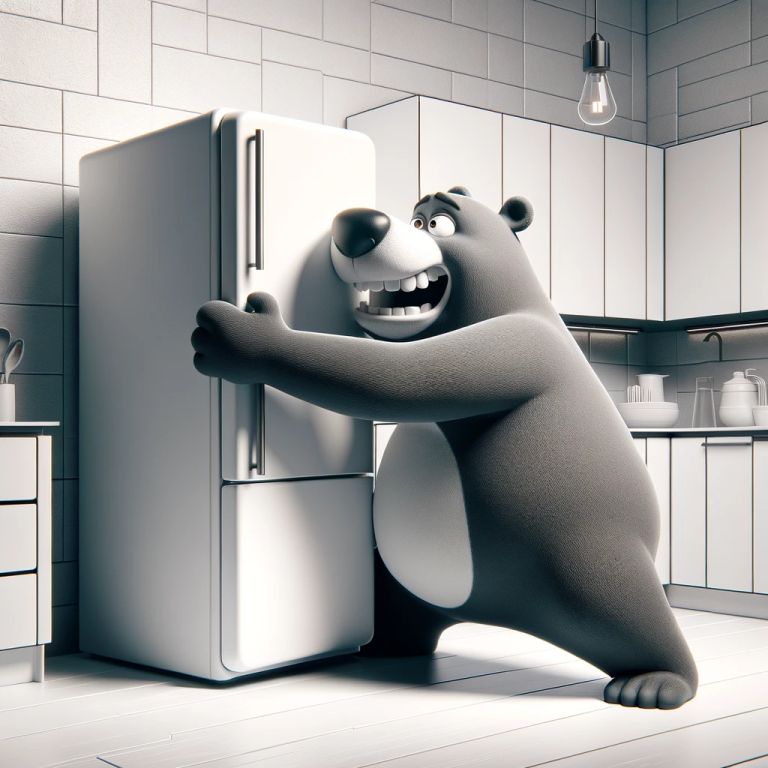Refrigerator is not cooling
Fridges are undoubtedly vital in our home as they help keep our valuable food products nice and cool so as to keep them from spoiling; however if you’re fridge is not cooling it can’t do its job, which could mean loss of your food product and money wasted! Our crews have seen it all when it comes to fridges, which is why they’ve been passionate about creating an online tool that’ll help our clientele determine what common ailment their machine can be suffering from.
Faulty door gaskets
These little contraptions are what make sure that your fridges doors close properly every time you use it; and if your fridge is not cooling it could be attributed to out of commission door gaskets. Over time these gaskets can be subject to normal wear and tear, which will result in gaskets that are loose and leak cold air.
Dirty condenser coils
The coils are what work to keep your fridge nice and cool, however over time they can become rather dirty through the accumulation of dust particles and such, and as a result it could be the reason your fridge is not cooling. Cleaning these coils up should do the trick.
Temperature control
Thermostats are your fridges main way of maintaining a desired cold temperature, and if your fridge is not cooling this could definitely be a source of the problem. The faulty thermostat in question can be checked either on your own or through the aid of a professional.























Recent Comments